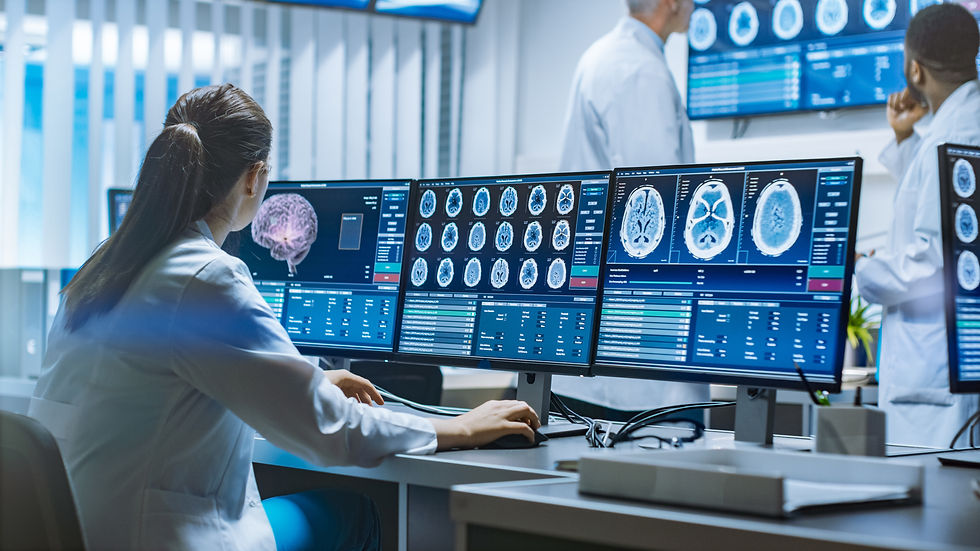Brain Health: Decoding Dementia
- Brainstorm

- Apr 5, 2020
- 2 min read
The second post in our #brainhealth series is all about understanding dementia. According to the World Health Organization, about 50 million people worldwide have dementia and there are around 10 million new cases each year.

What is dementia?
The term dementia encompasses a broad range of symptoms that affect memory, social skills, thinking, and general problem-solving abilities. Dementia comes in many forms, though we often immediately think of memory loss as being the hallmark of the disease. While dementia can be associated with memory loss, many other diseases can affect memory as well.
Overall, dementia is marked by a variety of brain changes that can contribute to alterations in social and cognitive behavior.
What are symptoms of a dementia?
Symptoms of dementia vary between people and can include both cognitive and psychological changes. Some common symptoms include:
1. Memory loss
2. Difficulty with language and communication
3. Difficulty with problem-solving
4. Difficulty with coordination and movement
5. Depression or anxiety
6. Personality changes
Types of Dementia
There are many types of dementia and dementia-associated diseases. Here we will cover a few main types and the different symptoms associated with them.
Alzheimer's disease- the most common type of dementia which accounts for 60-80% of all cases. The greatest risk factor for the disease is aging; the majority of Alzheimer's cases occur in people 65 and older. Patients with Alzheimer's disease have plaques and tangles in their brain, hyperphosphorylated and polyubiquitinated protein aggregates. This protein build-up is thought to be damaging to neuron health.
Frontotemporal dementia- this collection of symptoms centers around the degeneration of nerve cells. The connections between nerves and the frontal and temporal lobes of the brain become damaged, causing alterations in personality, behavior, and language skills.
Lewy body dementia- this type of dementia features lewy bodies, abnormal balloon-like protein aggregates which affect chemical interactions in the brain. Common symptoms of Lewy body dementia are visual hallucinations, difficulty maintaining focus, and body tremors.
Mixed dementia- a combination of several types of dementia, such as Alzheimer's disease, vascular dementia and Lewy body dementia. This disease seems to be more prevalent in dementia patients 80 and over.
Vascular dementia- this is the second most common type of dementia, marked by difficulties in problem-solving, focus, and general thinking. It is caused by damage to arteries that supply blood to the brain. Vascular dementia can develop after stroke-induced artery blockage in the brain.
Dementia Risk Factors
There are a multitude of risk factors implicated in dementia, some unavoidable and some in our control. The risk for dementia rises with age, family history, and Down syndrome. Diet and exercise can impact the risk of dementia; a lack of exercise and unhealthy dietary habits are associated with an increased risk. Additionally, heavy alcohol use, diabetes, depression, and sleep apnea can raise the risk of developing dementia.
For more information on risk factors, you can visit the Mayo Clinic website.
Thank you for learning about dementia with Brainstorm! We're committed to teaching #brainhealth! Which neurological disorder would you like to learn about next? Comment below!




Comments